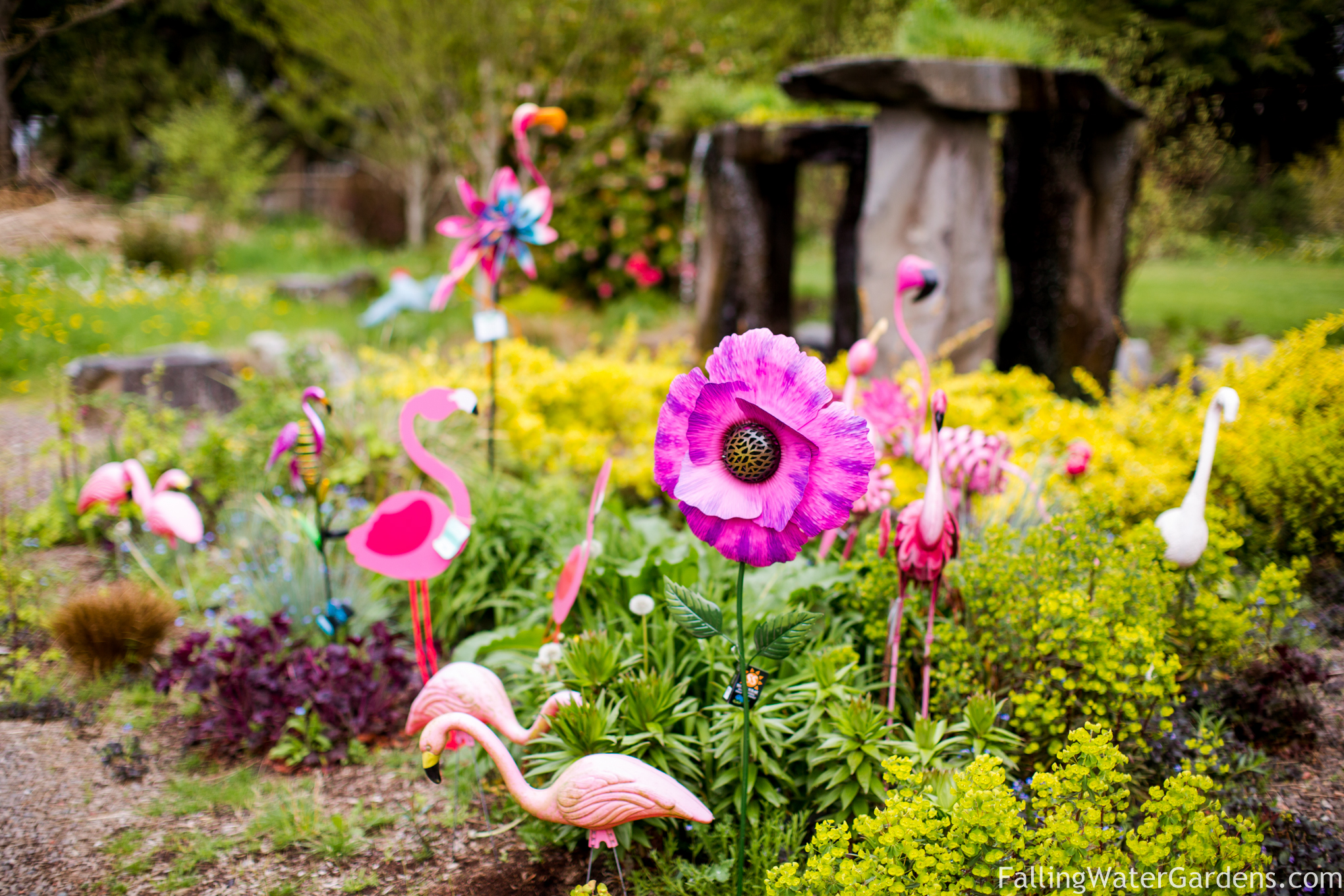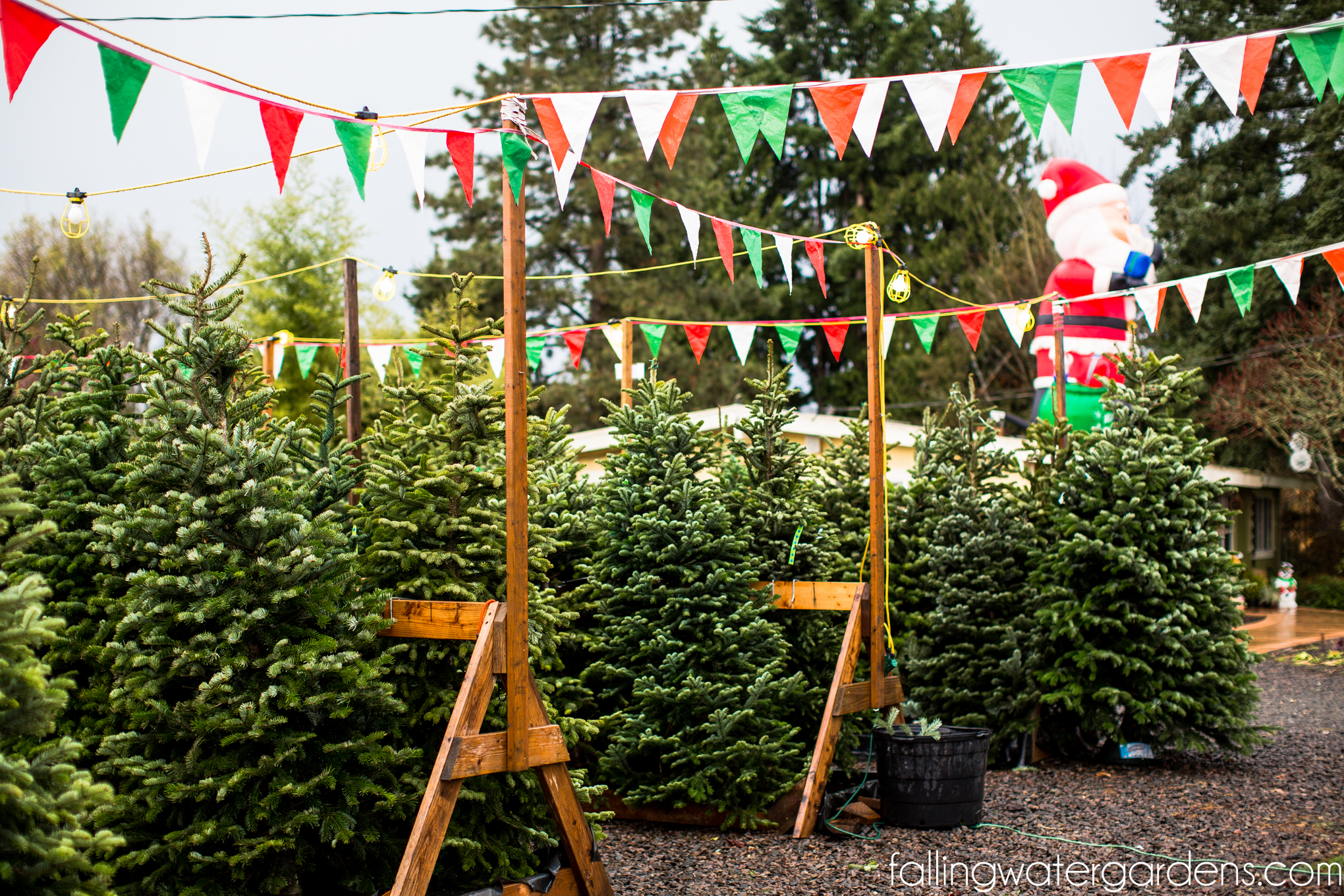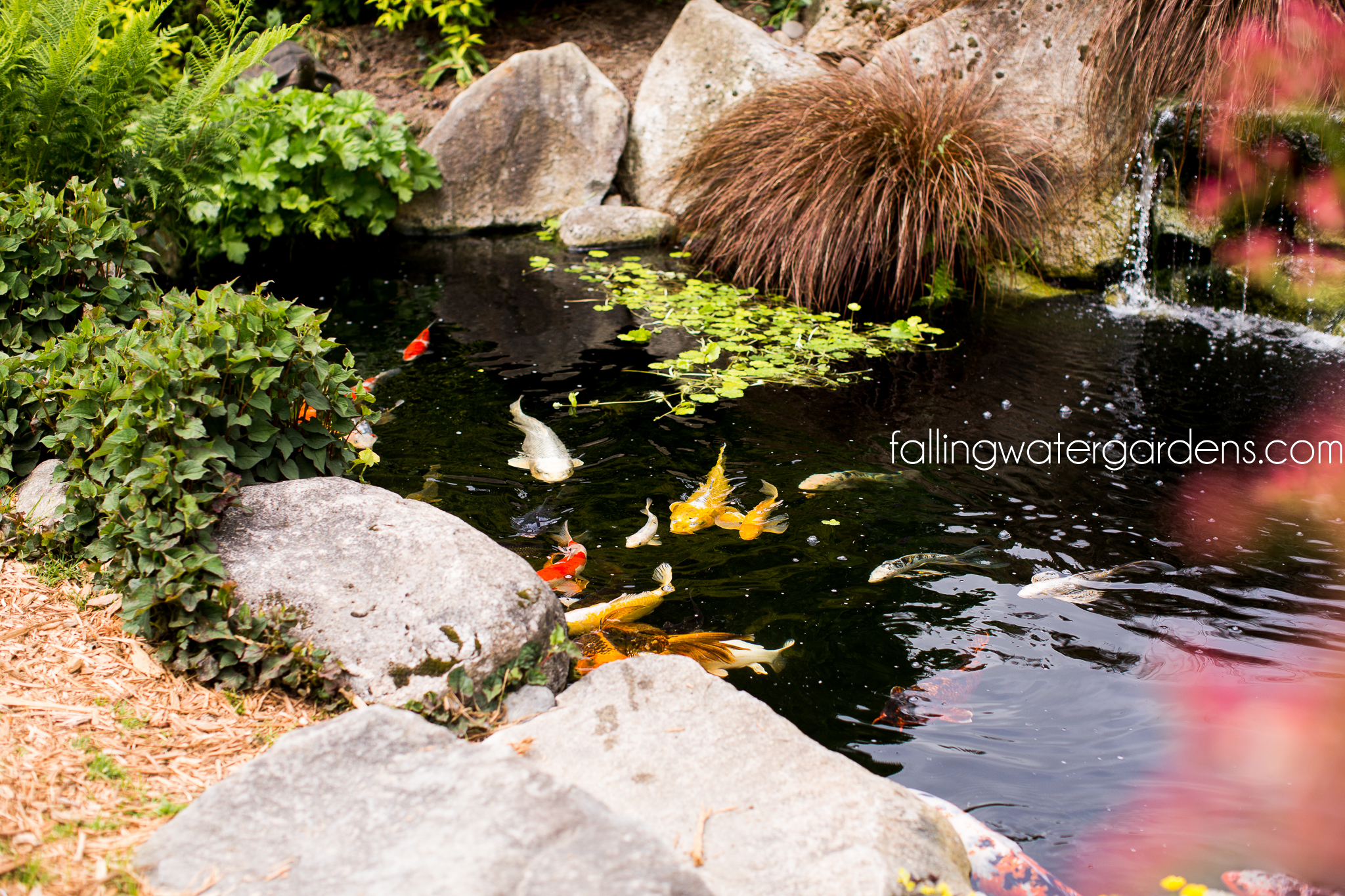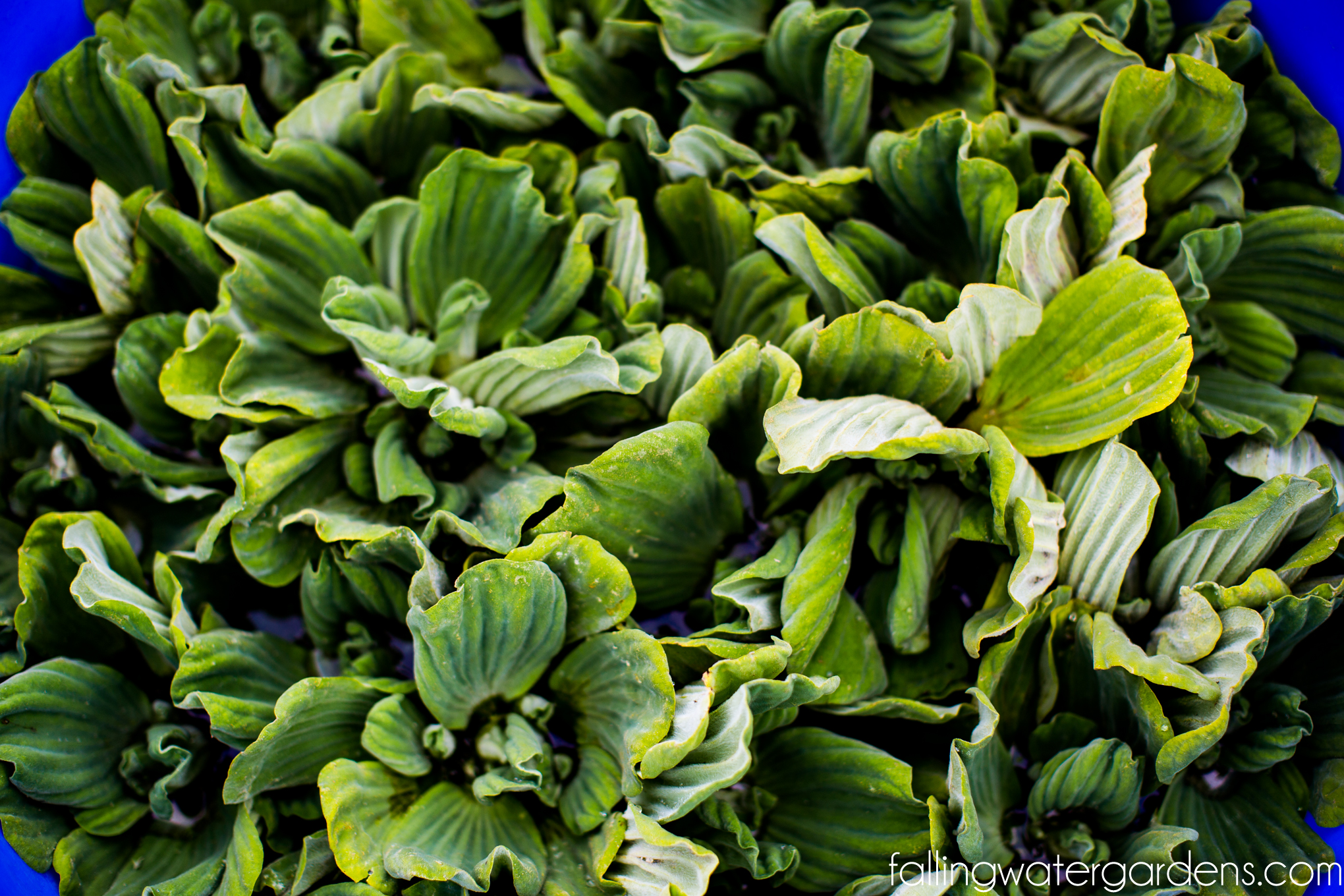COOL PLANTS
Here are this month’s featured plants. We think this selection would look great in your garden right now. Visit our plant database to learn more about aquatic & terrestrial plants.
TERRESTRIAL PLANTS
 Clematis x cartmanii ‘Avalanche’
Clematis x cartmanii ‘Avalanche’
A profusion of pure white flowers with bright gold stamens blankets the lustrous, deep green, trifoliate foliage in spring. Stunning when used to trail down embankments – like an avalanche of snow when in bloom! Train to climb a trellis, post or fence, or allow to meander unsupported through shrub borders. Evergreen.
 Helianthemum ‘Henfield Brilliant’
Helianthemum ‘Henfield Brilliant’
‘Henfield Brilliant’ is a low-growing evergreen shrub with small, silvery-gray, lance-shaped, downy foliage. It has single, bright red-orange flowers with 5 paper-thin petals and bright yellow stamens. The flowers bloom for only one day but there are abundant new buds. Growing 6 to 8 inches tall and 1 1/2 to 2 feet wide, it forms a dense low mound that will cascade over walls or discourage weeds when used as a ground cover.
 Assorted Dianthus
Assorted Dianthus

Lewisia Cotyledon
Lewisia are native to western North America, and one of the most treasured rock garden plants. They form low, fleshy rosettes of tough evergreen leaves, bearing large star-shaped flowers in late spring and early summer. This strain features clusters blooms in sunset shades of yellow, peach, salmon, orange and pink. Best in a cool rock garden setting, with excellent drainage.
 Dicentra spectabilis ‘Gold Heart’
Dicentra spectabilis ‘Gold Heart’
The old-fashioned Bleeding Heart has been a garden favorite for years. It’s a substantial plant that bears long, arching racemes of pink flowers. ‘Gold Heart’ is a classic beauty with one marvelous variation: It has metallic gold leaves and peach-colored stems instead of the usual green. Bloom starts here in early May and lasts several weeks, subsiding with the arrival of summer heat. Plants often go dormant in midsummer (interplant with Ferns and Hostas to fill the breach). Long-lived, reliable, and will self sow.

Monarda didyma ‘Jacob Cline’ Bee Balm
Whorls of scarlet red tubular flowers blend perfectly with prairie wildflowers and herbs. Single plants make a great show, but groups heighten the effect. Dark green leaves have an aroma of mint and basil. High mildew resistance. Herbaceous.

Lithodora diffusa ‘Grace Ward’
This is one of the finest rock garden plants. It prefers a sunny location. Deep blue, small, funnel-shaped flowers renew themselves all summer long. Evergreen leaves are narrow, up to an inch long. Both stems and foliage are hairy. Performs best in loose, well-drained, acidic soil with ample summer water.
AQUATIC PLANTS
What is all the fuss about AQUATIC PLANTS?!
 Pond plants play a large role in keeping a balance of:
Pond plants play a large role in keeping a balance of:
>> shade
>> natural filtration
>> providing oxygen
>> beneficial nutrients
>> prohibiting the growth of algae
🍃 Aquatic plants limit algae growth by providing shade that blocks excess sunlight, which limits the photosynthesis of algae.
⛅ The shade also cools down water temperature, offers hiding places to protect aquatic life from predators, and creates a breeding ground for good bacteria to grow.
☘️ Water plants with deep root systems act as a natural filter by trapping dangerous toxic compounds and carbon dioxide before breaking down these pathogens and excess nutrients that feed algal blooms. Then the plants release oxygen back into the pond keeping the water properly aerated.
☀️ Aquatic plants that have high nutrient uptake will be extremely helpful to clear up your pond and help with water clarity.
 Water Lily ‘Sun Fire’
Water Lily ‘Sun Fire’
Sunfire waterlily is a newer peach waterlily. It has flowers that are pink to yellow at the center with green pads. It has the same coloration as Nymphaea ‘Pink Grapefruit’ but with much stronger saturation in the colors.
 Hippuris vulgaris ‘Mare’s Tail’
Hippuris vulgaris ‘Mare’s Tail’
Common mare’s-tail looks like a robust green bottle brush growing in patches primarily in the shallow areas of streams, ponds, and lakes or on wet muddy shores when water levels drop. This plant is characterized by unbranched stems, abundant whorled leaves, and inconspicuous flowers. The leaves and stems vary in form depending on whether they are growing underwater or are emergent. The underwater plant portions are limp, flexible, and have very long leaves. Emergent portions are stiff and erect, with short narrow leaves.
 Tulbaghia Violacea ‘Variegated Society Garlic’
Tulbaghia Violacea ‘Variegated Society Garlic’
Variegated Society Garlic is a terrific perennial plant with narrow, up to 12 inch (30 cm) long leaves. The leaves arise from a rhizome that creeps underground to form clumps up to 24 inches (60 cm) wide. The leaves and flower stems have a garlic odor when crushed. The leaves can be used in salads and in cooking.
 Juncus ‘Curly Wurly’
Juncus ‘Curly Wurly’
Aptly named, this unique rush with glossy green, pencil-thin stems that spiral outward from the clump in all directions. A great deer-resistant accent plant that collectors dare not do without. This low maintenance plant prefers to be sited in a bog or other very moist environment in partial shade. Evergreen in mild winter areas.

Plant Database
 Have you checked out our plant database? It contains information about the plants that we sell at the nursery and more!
Have you checked out our plant database? It contains information about the plants that we sell at the nursery and more!
We have even taken it one step further and have incorporated QR codes into the database to help you save and recall information on the plants you are interested in at home or have bought from our nursery. You can bring us the saved plants from this data base to help us locate the ones you want. As well as when you come to Falling Water Gardens you will be able to scan the plant signs to get further information about the plants and flowers.
 What is a QR code? In the simplest terms a QR code is a bar code. Most smart phones come equipped with a bar code/QR code reader that will scan the QR code and bring you to the web page of information about our plants. From there you can bookmark the page. If yours does not contain a QR code reader already, you can download one for free through your phone’s app store.
What is a QR code? In the simplest terms a QR code is a bar code. Most smart phones come equipped with a bar code/QR code reader that will scan the QR code and bring you to the web page of information about our plants. From there you can bookmark the page. If yours does not contain a QR code reader already, you can download one for free through your phone’s app store.
Please note that we’ve updated our newsletter format. You may navigate through this newsletter by clicking on the page numbers below.




